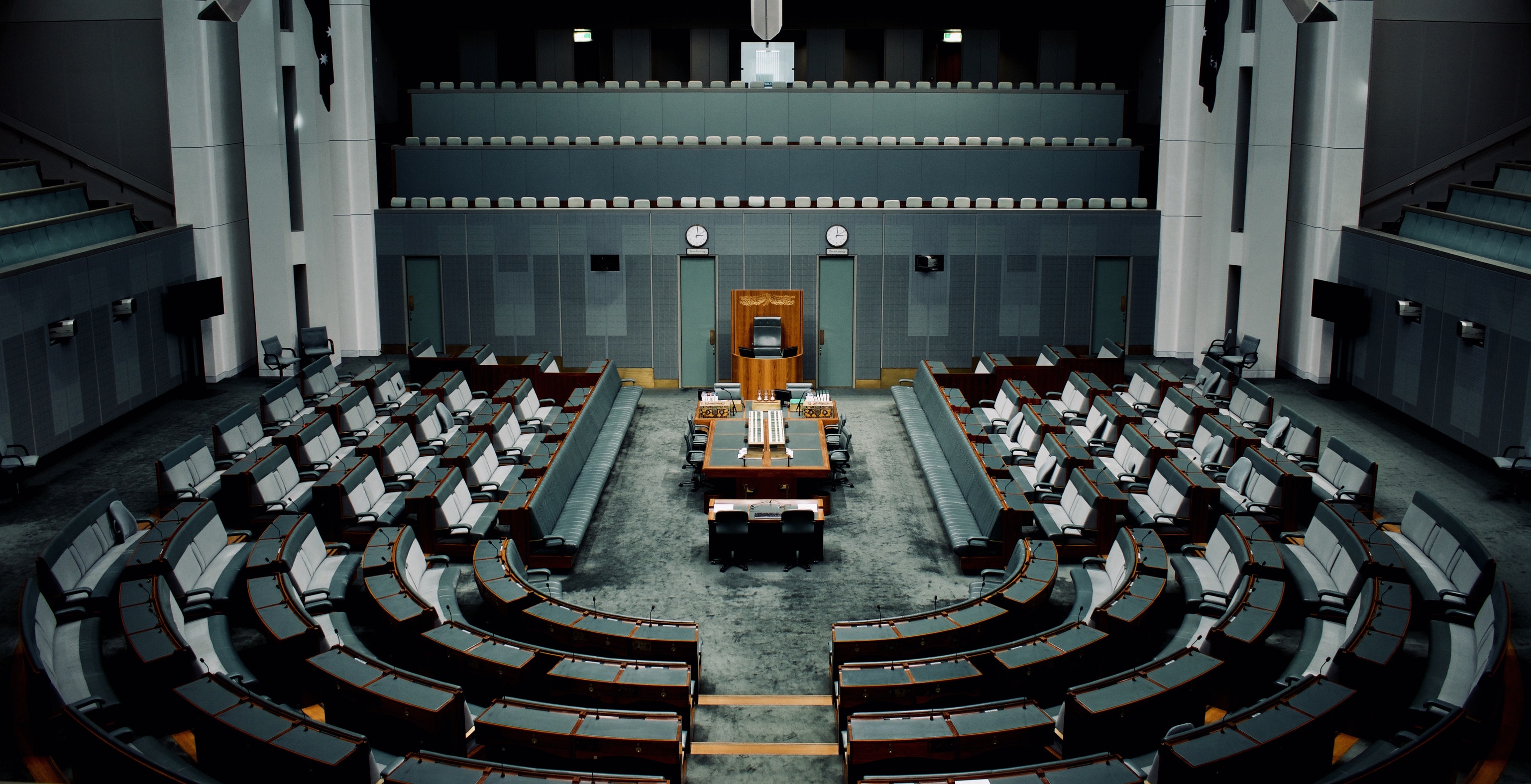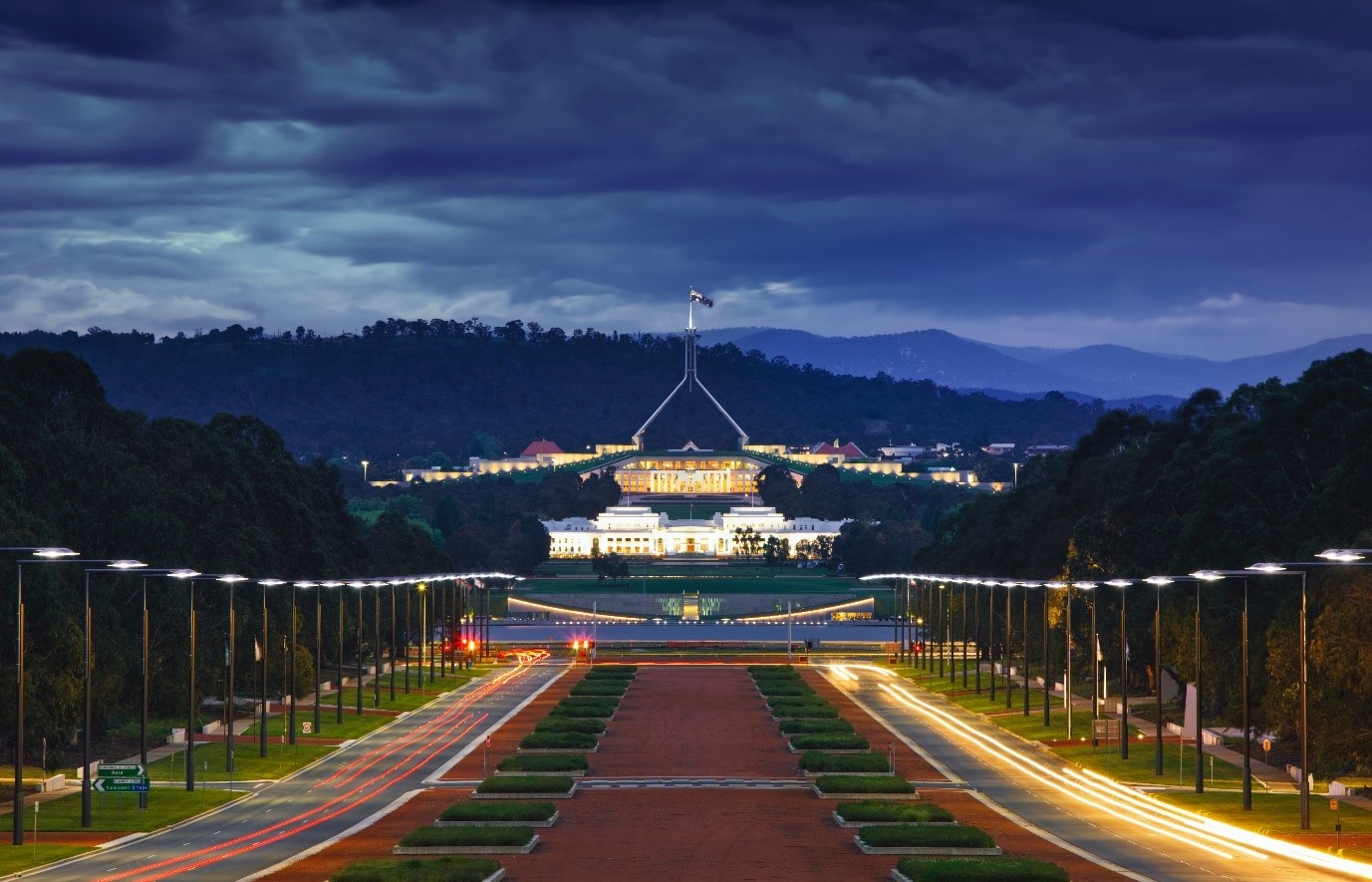This week in Parliament the first Question Time took place on Thursday. For many, Question Time appears to be a very inside the ‘Canberra Bubble’ issue. But Question Time is an important consideration for how stakeholders engage with politicians during Parliamentary sitting weeks.
Here are our thoughts on the evolution of Question Time, why Question Time remains relevant to business and industry and a recap of some of the most iconic Question Time moments in recent history.
THE EVOLUTION OF QUESTION TIME
Question Time, also referred to officially as questions without notice, has always involved a level of political theatre. Who can forget when the then Opposition Leader, the Hon John Hewson MP asked why the Prime Minister wouldn’t call an early election, with the Hon Paul Keating MP responding, “because I want to do you slowly”?
While Mr Keating was referring the Coalition, his iconic moment has also led to the inevitable evolution of Question Time.
Question Time was designed as a means for the House of Representatives holding the Government of the day to account but it now also regularly shapes the media’s reporting of the Parliament and services as a public showcase of political tactics.
For parties serving in opposition, it is common to make Question Time as chaotic as possible. This has seen both major parties employ tactics that are designed to frame the Government of the day as having the proverbial ‘house on fire’.
It is fair to say both sides of politics have employed these tactics. The Coalition opposition famously brought a cut-out of then Prime Minister, the Hon Kevin Rudd MP into Question Time after he was unable to attend an additional sitting day. For the Labor Party, their question time antics during 2014 saw them set the record for the highest number of MPs (18) ever removed from Question Time by the Speaker.
For the ruling party, the heightened media attention on their Question Time performances can make and break political careers. This, combined with opposition tactics, has led to the pursuit of ‘gotcha moments’, in which a minister responding to a question fears making a career-ending mistake. This has increased the pressure on political offices on the government side trying to ensure that their boss doesn’t end up being the laughingstock of the 6pm news.
However, despite its production of iconic moments, it is unclear why anyone outside the ‘Canberra Bubble’ should care about Question Time. We at Nexus believe business and industry can benefit from carefully observing this part of Parliamentary proceedings – here is why.
Stakeholders looking to engage in Parliament House should note that the attention of political offices will shift during the day, with the Question Time becoming the main focus of the office in the hours leading up to it. This is especially true if issues related to the member’s portfolio are likely to be under the microscope due to significant media attention.
This means that business and industry looking to engage on important issues should try to avoid meetings with offices in the hours leading up to Question Time.
Furthermore, the political issues that are debated during each session can be a key insight for stakeholders into the priorities of and the issues concerning the Government of the day. Likewise, the questions asked by the Opposition are an invaluable insight into the priorities and policy issues that the party will be keen to pursue.
Business and industry should also be paying attention to who from the Coalition asks the ‘Dorothy Dix’ questions. Stakeholders should take note of these members as they may be considered as up-and-coming backbenchers by the Coalition. Depending on their individual policy interests, these backbenchers may become additional stakeholders for engagement.
NEXUS’ FAVOURITE QUESTION TIME MOMENTS
Here are the Question Time Moments referenced above:
Paul Keating wants to do John Hewson slowly
Cardboard Kevin Rudd ejected from the House of Representatives
Bronwyn Bishop ejects record 18 members from Question Time
Latest posts by Nexus APAC (see all)
- United Kingdom General Election 2024: An Overview - April 15, 2024
- Australian Voters Go to the Polls - February 26, 2024
- Secretaries of Federal Departments – An Overview - February 1, 2024



